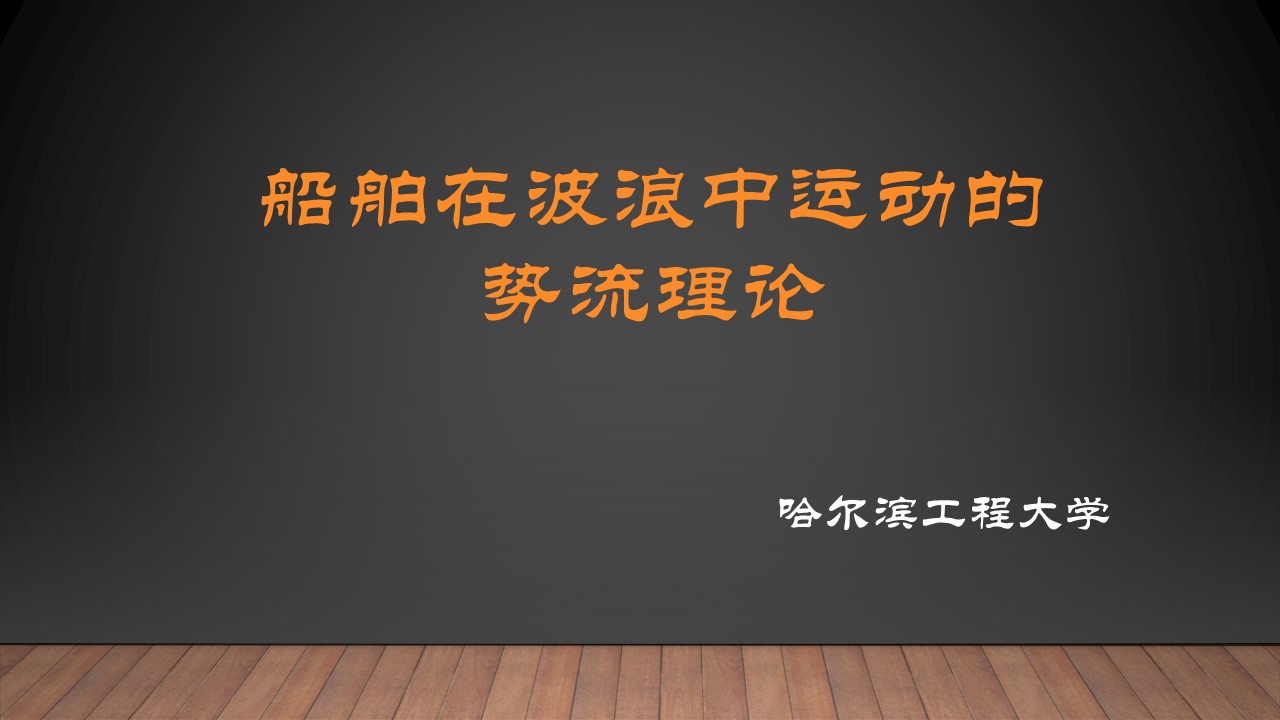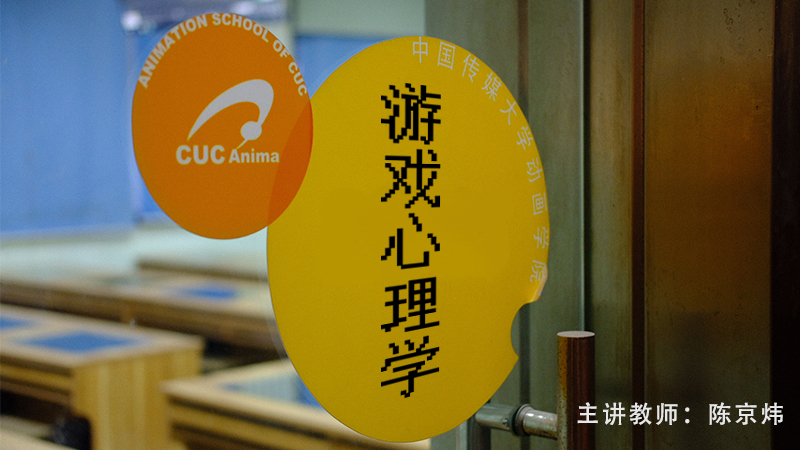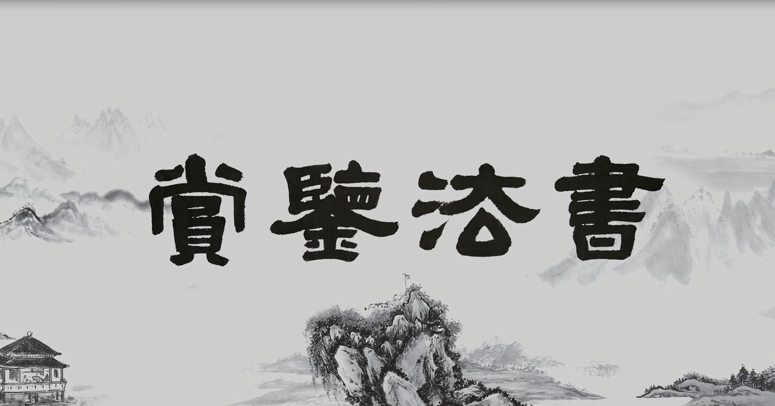
当前课程知识点:Culture and Tourism > Week 3: Heritage System: Managing and Safeguarding World Heritage Sites > 3.1 The Australia’s Heritage System and Sydney Opera House > 3.1.1 The Australian Heritage System
返回《Culture and Tourism》慕课在线视频课程列表
返回《Culture and Tourism》慕课在线视频列表
你好 我是史蒂夫·布朗
我来自澳大利亚 住在堪培拉附近
我是悉尼大学的校友 在堪培拉大学工作
今天我要讲五个主题
分别是澳大利亚的遗产系统
悉尼歌剧院 国际文化景观科学委员会的作用
乡村景观 蒙古阿尔泰的自然文化
第一个主题是澳大利亚的遗产系统
我想先问一下什么是遗产制度
一般来说 遗产制度是指法律
政策 行政机构和惯例
但它是任何特定国家确定和管理遗产的基础
所以这个定义是普遍适用于所有国家的
我在这里所说的遗产制度是
指政府通过法律制定并通过公共服务来管理官方遗产
那么什么是遗产呢?
这不是一个容易回答的问题
但通常有一个一般的官方含义
为了解释遗产的概念是如何在澳大利亚产生的
我将引用幻灯片上面的这段话
我们都有自己的遗产地
这些地方和事物对我们的家人和朋友来说都是特别的
同样的依恋品质也适用于被当地社区
国家甚至全世界所重视的地方
遗产包括那些东西
我们继承了遗产 希望保留这些地方和物品
让我们对过去的文化身份有一种认同
它们是我们想要保护和传递给后代的东西
这样他们也会明白在他们之前发生了什么
这一含义取自澳大利亚州政府
新南威尔士州遗产局的一份名为《遗产》的文件
在我继续讲之前 我想谈谈澳大利亚
澳大利亚面积近800万平方公里
人口大约有2400万 和北京的人口差不多
澳大利亚的首都是堪培拉
澳大利亚既是一个代议制民主国家
也是一个君主立宪制国家
由英国第二任君主伊丽莎白女王担任澳大利亚国家元首
我们的国家制度被称为联邦
因为1901年通过的宪法在一个重要的制度下
创立了联邦政府制度
它是如何在中央政府和个别州和地区之间划分的
在澳大利亚 权力由联邦政府分配给六个州政府
每个州或地区都有一个地方政府或委员会网络
也就是说 澳大利亚有三层政府体系
这三层体系也是澳大利亚遗产体系的基础
遗产体系分为联邦政府 州政府和地方政府
此幻灯片列出了澳大利亚
不同层次体系的位置数量
管理文化和自然遗产的责任由各级政府共同承担
联邦政府负责世界遗产
以及澳大利亚的国家遗产名录
澳大利亚有19处遗产被列入《世界遗产名录》
3处文化遗址 12处自然景观 4处混合遗产
在《世界上自然遗产名录》上澳大利亚拥有最多的自然景观
澳大利亚有103个被列入名单的地方
每个州和地区都管理着具有地区意义的遗产项目
因为它们对每个州或地区的历史都很重要
大约有5000个这样等级的地方
然而 澳大利亚绝大多数的遗产地点
都列在当地政府和土著遗产登记册上
在地方一级 列出了大约50万个项目
在世界遗产方面
有19个地方被认为具有突出的普遍价值
但有一点很重要 那就是这些地方也都有
国家价值 州或地方价值
因此 必须对这些地方的所有价值进行管理
澳大利亚的国家遗产或整个国家的其他遗产
被认为是对澳大利亚民族或国家
具有突出意义的自然 历史和土著的地方
澳大利亚有110个国家遗产
一个例子是悉尼的邦迪海滩
在州或地区层面 新南威尔士州是澳大利亚的六个州之一
它拥有一份具有全州意义的环境遗产清单
市场花园就是这样一个例子 它是悉尼的一个地方
是19世纪末由中国移民到澳大利亚发展起来的一个重要花园
澳大利亚地方遗产的最后一个等级
所有地方政府的遗产项目都有清单或登记册
新南威尔士州有超过两万五千个地方被列入法定名单
这些通常被纳入当地的环境规划
一个例子是过去五年在海德公园建造了
一座土著战争纪念碑
现在我想谈谈澳大利亚的遗产系统是
如何将自然遗产和文化遗产分开的
自然遗产是具有自然和生物形态特征的遗产
地质和地貌可以形成自然景观
具有重要的科学保护价值和自然之美
许多这样的地方都是根据一份名为
《澳大利亚自然遗产宪章》的文件管理
这份文件是2002年由澳大利亚政府制定的 可以在网上免费下载
该系统采用典型的生态系统实例保护
或跨澳大利亚区域保护模式
这些项目 大多在保护区或国家公园里
他们之所以被选中 是因为他们试图
建立一个全面的创新体系
它是恰当和有代表性的
澳大利亚的文化遗产一般分为两类:
土著文化遗产和历史文化遗产
土著文化遗产是有形的地域
通常是指国家 以有形的方式表达
如知识 故事和实践
土著文化遗产影响了对澳大利亚
古迹遗址保护协会《巴拉宪章》的修订
该宪章是澳大利亚文化遗产管理的指导性文件
这种模式倾向于以社区为基础的方法和原则
或以权利为基础的土著遗产方法
在这一体系中 澳大利亚与新西兰和加拿大相似
通常情况下 遗产管理是与本国或其国家
或领土的土著传统所有者进行协商
他们有权代表自己的遗产
第二类文化遗产是所谓的历史遗产
一般是指1788年后的澳大利亚的遗产
在那之后 英国统治者和殖民者首先占领了澳大利亚
它有时被称为历史遗产
有时被称为后接触遗产
它包括澳大利亚土著人 殖民定居者
和移民的地方和协会
同样 澳大利亚国际古迹遗址理事会巴拉宪章
是这些地方管理的指导文件
然而 有一个问题是
在接触后时期的土著人往往在遗产中不太明显
所以在1798年以后管理土著遗产和
土著遗产系统的其他部分之间存在着一个挑战
该系统用于历史遗产通常被称为
一种全新的基于整体价值的方法
其中遗产项目具有多种价值 必须记录和评估
然后再根据它们是否是世界遗产
国家卫生 国家遗产 地方遗产做出管理决策
许多地方将混合这些价值观
这张幻灯片展示了我一直在讲的
关于保护的不同组成部分的基础
自然遗产的关键文件和关键管理当局
历史文化遗产和土著文化遗产
它表明了科学的不同类别有不同的体制
它可能会融合自然和文化遗产 复杂和具有挑战性
土著文化遗产也存在问题 他们认为国家是整体的
而不是景观空间
在世界上许多的地方都包含着各种各样的地方
对于普通人来说国家就是他们的全部领土
所以在理想的地点和国家之间存在矛盾
该系统还划分了不同的学科领域
通常 在自然遗产领域工作的人有生态学家
生物学家 地质学家 水文学家
从事历史遗产工作的人往往是历史学家和建筑师
从事考古工作的人当然是土著人本身
但也经常是考古学家
我会讲到巴拉宪章 但这里只是解释一下
有一个理解价值的过程 发展政策
并根据政策进行管理 这在澳大利亚是很常见的
-1.1 Introduction course outline and UNESCO World Heritage Program
--1.1.1 Introduction of culture and tourism course outline
--1.1.2 Introduction of UNESCO World Heritage Program(1)
--1.1.3 Introduction of UNESCO World Heritage Program(2)
-1.2 Cultural Heritage-1
--1.2.1 The meaning of culture heritage
--1.2.2 Criterion(i): masterpiece of human creative genius
--1.2.3 Criterion(ii): exhibit important interchange of human value
--1.2.4 Criterion(iii): bear a unique or at least exceptional testimony
--How can the public understand the importance of heritage?
-1.3 Cultural Heritage-2
--1.3.1 Criterion(iv): an outstanding example in human history
--1.3.2 Criterion(v): represent a culture or human interaction with environment
--1.3.3 Criterion(vi): associated with living traditions of outstanding universal significance
-1.4 Natural Heritage
--1.4.1 Natural heritage features, formations and criterions
--1.4.2 Cases studies of natural heritage
--Cultural landscape meanings: The case of West Lake, Hangzhou, China
--How to access heritage of your hometown?
-2.1 Mixed Culture and Natural Heritage
--2.1.1 Mixed heritage operational guidelines and cases (1)
--2.1.2 Mixed heritage operational guidelines and cases (2)
--2.1.3 Mixed heritage operational guidelines and cases(3)
-2.2 Authenticity, Integrity and Cultural Routes
--2.2.1 How to determine authenticity and integrity
--2.2.2 Heritage routes and heritage canals (1)
--2.2.3 Heritage routes and heritage canals (2)
--What do you think about cultural heritage categories?
-2.3 Special Heritage and Sustainable
--2.3.1 Physical remains of the history of technology and industry
--2.3.2 Transboundary Heritage, Serial Heritage, Serial/Transnational Heritage
--2.3.3 Intangible cultural heritage
--2.3.4 UNESCO World Heritage and Sustainable Tourism Programme
--Recovering the Memory of Ourselves for the Sustainable Cites
--Week 2 quiz
--What do you think about cultural heritage categories?
-3.1 The Australia’s Heritage System and Sydney Opera House
--3.1.1 The Australian Heritage System
--3.1.2 Case Study: The Sydney Opera House
-3.2 Role of the ISCCL and Cultural Landscape (1)
--3.2.2 Uluru-Kata Tjuta National Park
--3.2.3 Honghe Hani Rice Terraces
-3.3 Role of the ISCCL and Cultural Landscape (2)
--3.3.1 West Lake cultural landscape (1)
--3.3.2 West Lake cultural landscape (2)
-3.4 Rural Landscapes as Heritage
--3.4.1 ISCCL Principles Concerning Rural Landscapes as Heritage
-3.5 Case Study: Mongolian Altai
--3.5.1 Nature Culture Integration & the Mongolian Altai(1)
--3.5.2 Nature Culture Integration & the Mongolian Altai(2)
--Week 3 quiz
--Discussion: What do you think is the role of ISCCL?
-4.1 Introduction of the Meaning of 'landscape’
--4.1.1 Brief introduction of landscape and culture
--4.1.2 The conceptual framework of cultural landscape
-4.2 Landscape Values
--4.2.1 The word “landscape” itself and differences in Western, Eastern
--4.2.2 Cultural significance for heritage source
--Discussion: What do you think the cultural landscape attracts you?
-4.3 Reading the Landscape: Identification and Assessment
--4.3.1 Planning model for heritage conservation management policy
--4.3.2 Cultural landscape resources evaluation steps
--Article: Cultural mapping: Intangible values and engaging with communities with some reference to As
-4.4 Case Study: Wingecarribee Historic Landscape
--4.4.1 Case study:Wingecarribee historic landscape study(1)
--4.4.2 Case study:Wingecarribee historic landscape study(2)
--Week 4 quiz
--Discussion: What should we do to strengthen the protection of cultural landscape?
-5.1 Indigenous Tourism
--5.1.1 Indigenous tourism background
--5.1.2 World heritage and indigenous peoples
--5.1.3 Tourism issues at Canadian indigenous world heritage sites
--Discussion: What challenges indigenous World Heritage faces?
--Article: State conceptions of indigenous tourism in Chile
-5.2 Case Study and Conclusion: Great Expectations for Tourism
--5.2.1 Case study Pimachiowin Aki
--5.2.2 Conclusions:Great Expectations for Tourism
--Disussion: Do you have any experience of indigenous tourism?
--Week 5 quiz
-6.1 The Definition of Heritage in Heritage Performance Study
--6.1.1 The definition of heritage in heritage performance study
--6.1.2 Heritage performance and meaning making
--6.1.3 Two key issues emerging from qualitative study
-6.2 Heritage Performance - Evidence from Australia, England and USA
--6.2.1 Heritage performance - reinforcement
--6.2.2 Heritage Performance - inter-generational communication and social values
--6.2.3 Heritage performance - recognition and respect
--6.2.4 Heritage performance - education
--Article:Theorizing museum and heritage visiting
-6.3 The Conclusion of Heritage Performance
--6.3 The conclusion of heritage performance
--Week 6 quiz
--Discussion: What kinds of heritage performances have you learned in this week?



